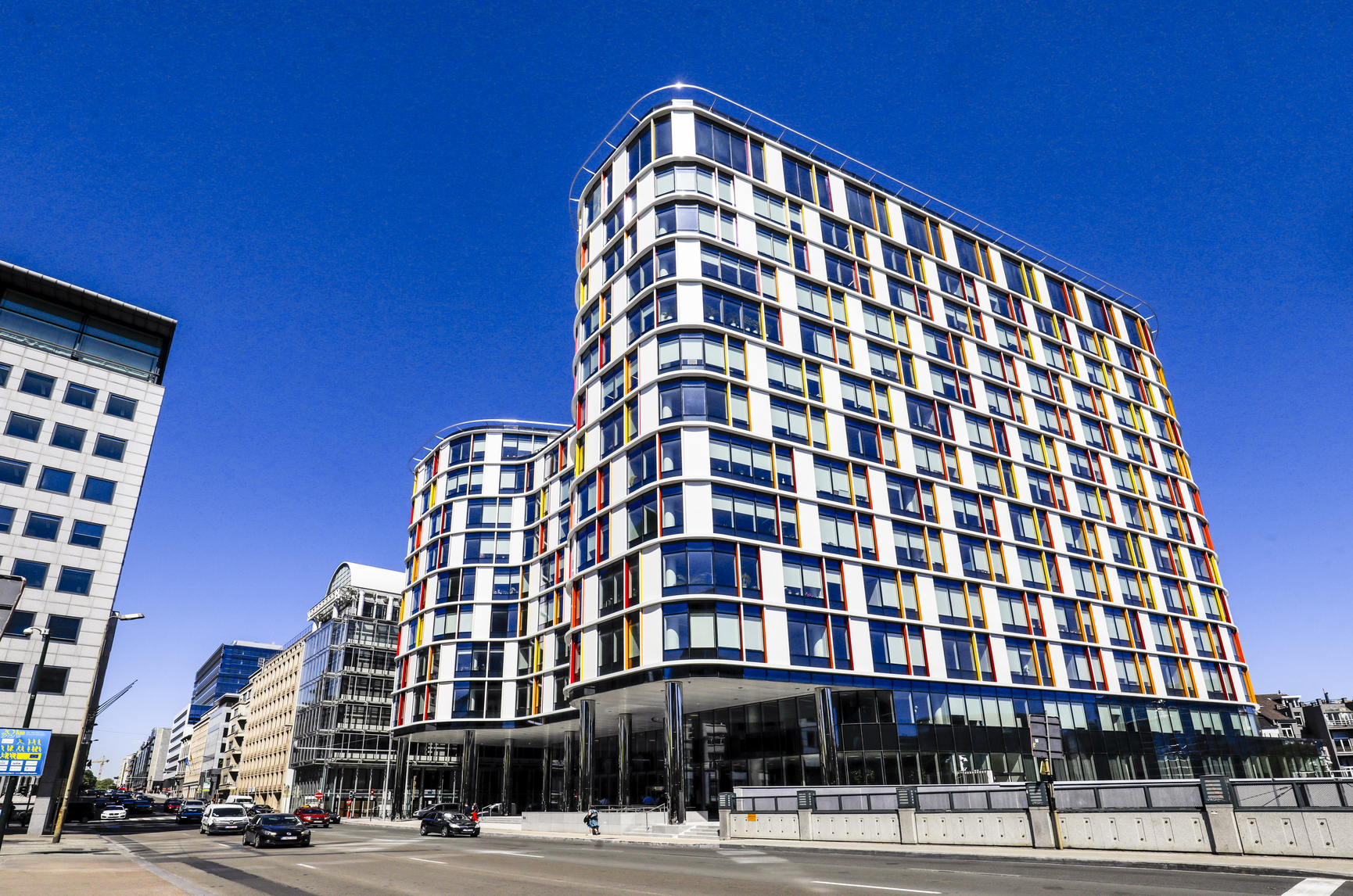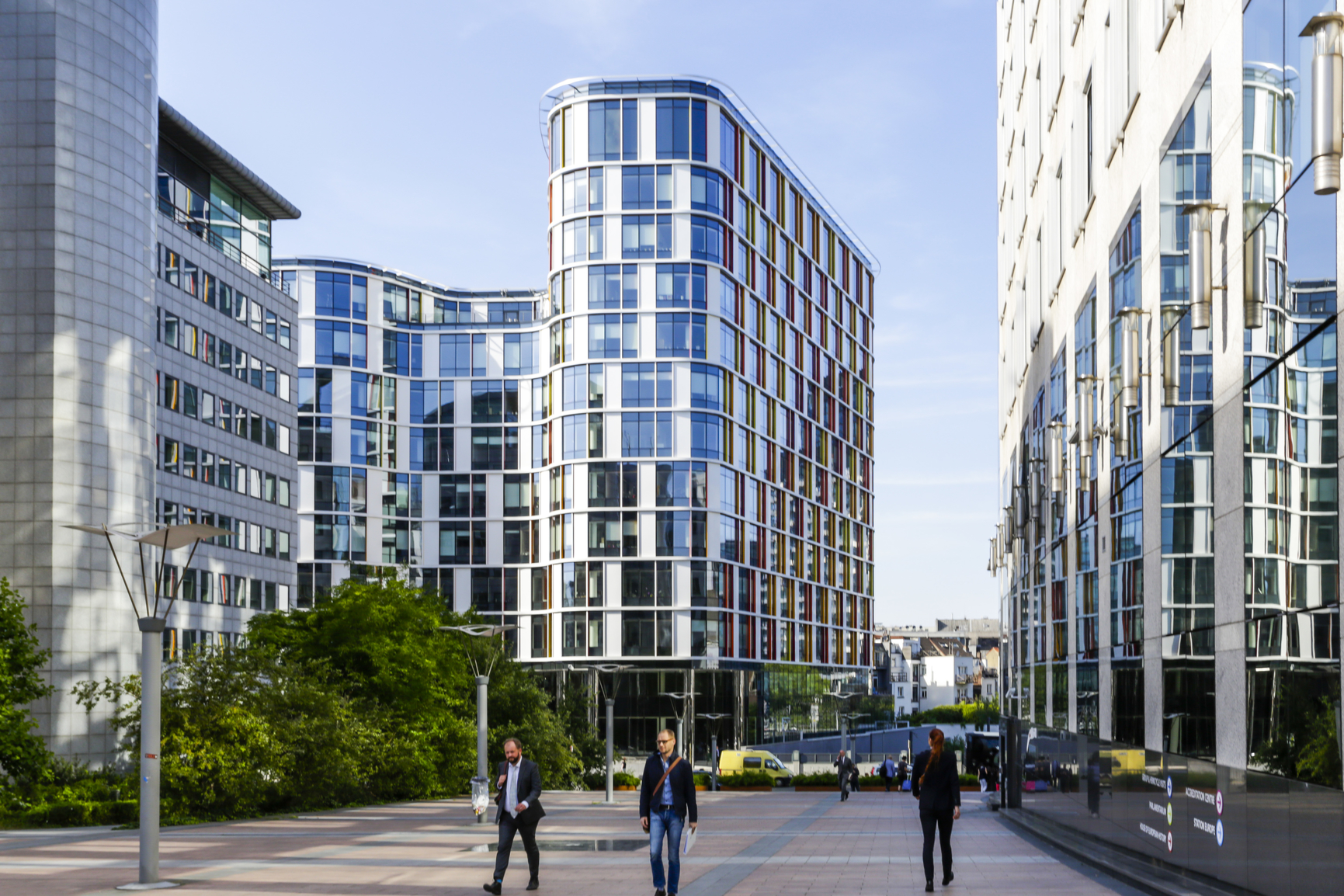 EP buildings in Brussels - Martens building © European Union 2018 – European Parliament
EP buildings in Brussels - Martens building © European Union 2018 – European Parliament
Former Prime Minister of Belgium nicknamed ‘the nine-government man’
Belgian Wilfried Martens was born in 1936 into a family of small farmers in a village in East Flanders. The oldest son in a large family, he lost his father when he was just seven. He was a brilliant pupil, and he was able to continue his studies at secondary school and university thanks to grants from the state.
He had an unconventional political career: no one has led so many governments or been Prime Minister for as long as Martens. From 1979 (Martens I) to 1992 (Martens IX), the Flemish Christian Social Party member orchestrated virtually the whole range of possible political coalitions in Belgium through years of great instability.
 EP buildings in Brussels - Martens building © European Union 2018 – European Parliament
EP buildings in Brussels - Martens building © European Union 2018 – European Parliament
Political career
With a doctorate in law, a degree as a notary and a bachelor’s degree in thomistic philosophy, Wilfried Martens soon stood out for his sharp mind and linguistic intransigence. While studying at the Catholic University of Leuven (KUL), he campaigned actively for the Flemish movement, which was calling for linguistic recognition and greater autonomy for Flanders in the Belgian state. His studies over, he worked successively in the cabinets of Prime Ministers Pierre Harmel (1965) and Paul Vanden Boeynants (1966). This was no doubt what fired his enthusiasm for politics.
In 1960 Martens joined the bar in Ghent as a lawyer. He then became President of the Young Christelijke Volkspartij (Christian Social Party, CVP). In 1972, at the age of just 35, he became President of the CVP, a post he held until 1979.
In 1974 he was elected as a Member of the Chamber of Representatives, where he played an important role in negotiations on the Egmont-Stuyvenberg Pact for a reform of the state. This was concluded in 1978 but fell by the wayside as a result of the growing opposition of Flemish public opinion. The Prime Minister at the time, Léo Tindemans, was removed from his post, and this was the start of the ‘Martens in government’ epoch.
An unstable Belgium
The number of governments led successively by Martens testifies to the political instability of the time. Inter-community tension was rife. The failure of the Egmont Pact put the country back a good number of years. At the time, Belgium was in the grip of various pressing issues: Voeren, the deep divide between Flemish- and French-speakers, and within them, between regionalists and communitarians. The creation of the Brussels Region was yet to come about. It took the major reforms of the state, in 1988 and 1989, for these problems to be solved, if only partially.
His contributions to Europe
Finally ousted from his post by Jean-Luc Dehaene at the 1991 elections, Martens devoted himself entirely to Europe and to the European People’s Party (EPP), which he had helped set up in 1976 and whose Chair he had been since 1990. An MEP from 1994 to 2004, he was also Chair of the European Union of Christian Democrats (1993-1996). From 1994 to 1999 he was President of the EPP group.
Martens proved to be a strong advocate of a federal Europe. As EPP Chair, he had a particular interest in broadening its Christian-Democrat political makeup to include new conservative parties in order to make it the biggest European political party. But he also put all his weight behind strengthening the role of European political parties in building a united Europe through the formation of a European political conscience and the expression of the will of the citizens of the European Union.
Wilfried Martens died in 2013. A year later, the European Parliament decided to name the new building which was being constructed in Rue Belliard after him. The building was inaugurated in June 2018.